Unlike its neighbors, Malawi is not endowed with great mineral wealth or particularly fertile soil. It is landlocked, highly dependent on imports for essential commodities, and struggling with high population growth.
Despite over 50 years of peaceful independence, Malawi remains one of the poorest countries in the world. More than one-half of the country’s 17 million people live below the poverty line and one quarter of the population consumes less than the required daily calories.
Malawi continues to score poorly on major health indicators for maternal, infant, and under-five mortality. Eighty-five percent of households engage in agricultural activities and most rely almost exclusively on rain-fed subsistence farming that is particularly vulnerable to cyclical droughts, as evidenced by two successive years of drought in 2015 and 2016.
These challenges are compounded by the highest rates of deforestation and population growth in the region. Considerable challenges also exist in the education sector, where six out of 10 Standard 2 students cannot read a single syllable, and 71 percent cannot read a single word - and where only 55 percent of girls and 69 percent of boys successfully pass the primary school departure exam, a requirement for accessing secondary school.
USAID programs improve social development and increase sustainable livelihoods. Our partnership with the government and Malawians is based on true accountability and collaboration.
Learn More
- Malawi Country Profile
- Malawi Country Development Cooperation Strategy 2020-2025
- Foreign Assistance Budget Provided to Malawi
- Education
- Sustainable Economic Growth
- Democracy, Human Rights and Governance
- Health, Population and Nutrition
- U.S. President's Malaria Initiative
- U.S. Assistance in Malawi: Promoting Gender Equality and Girls' and Women's Empowerment

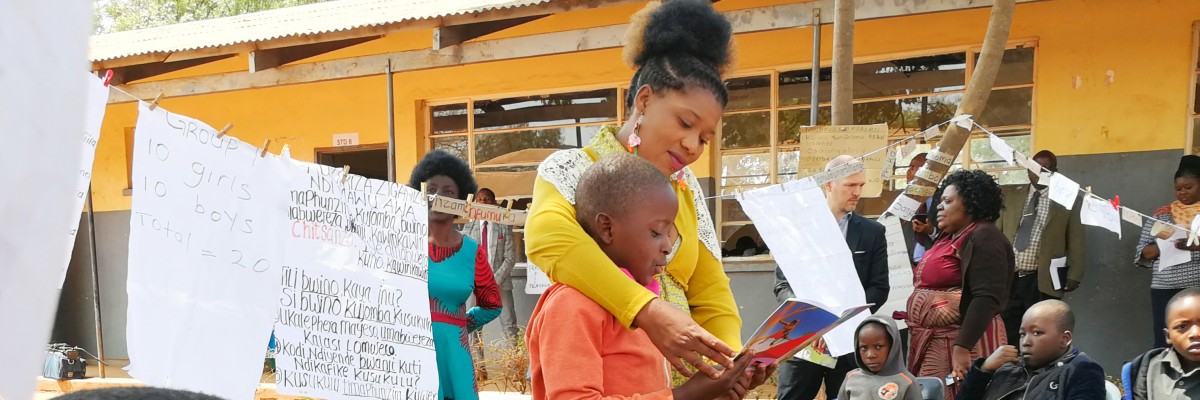
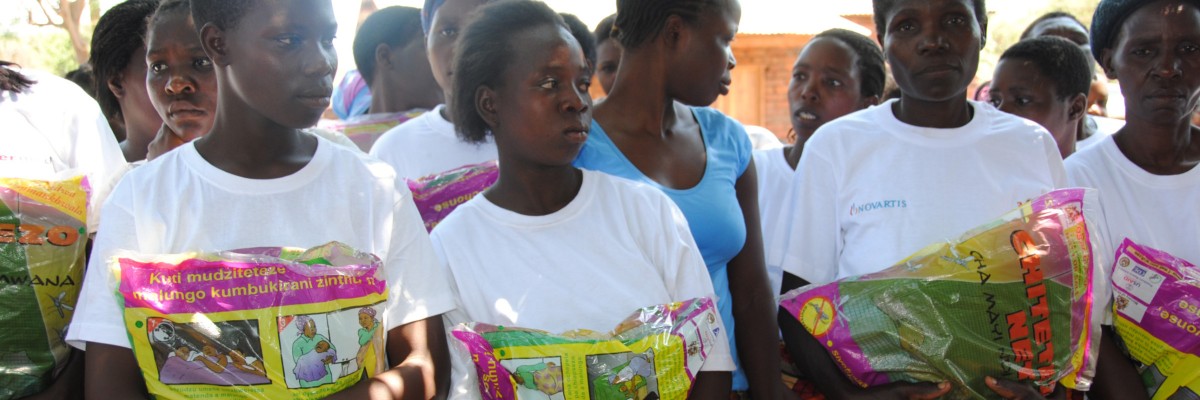
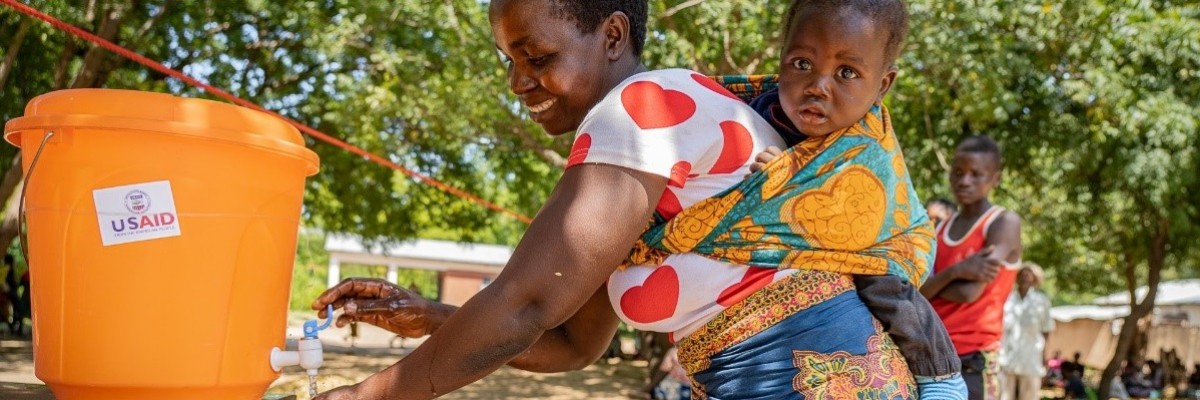


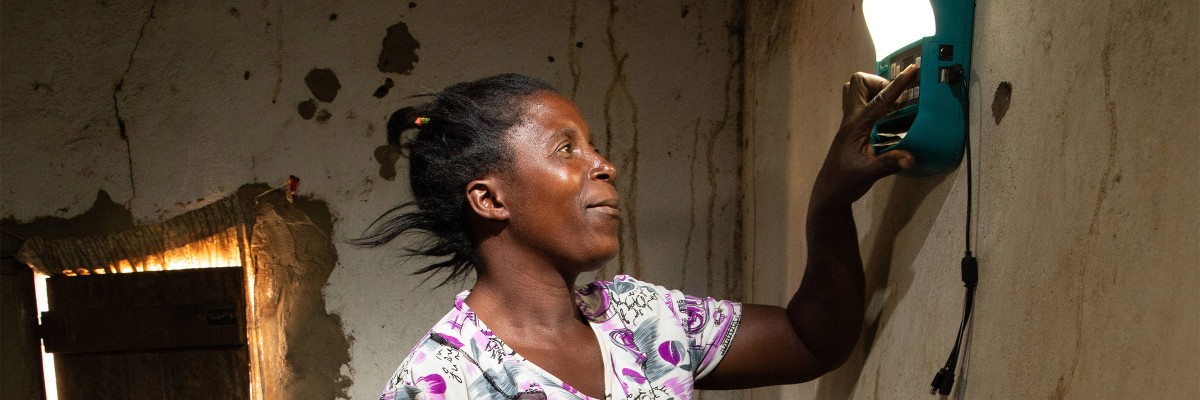
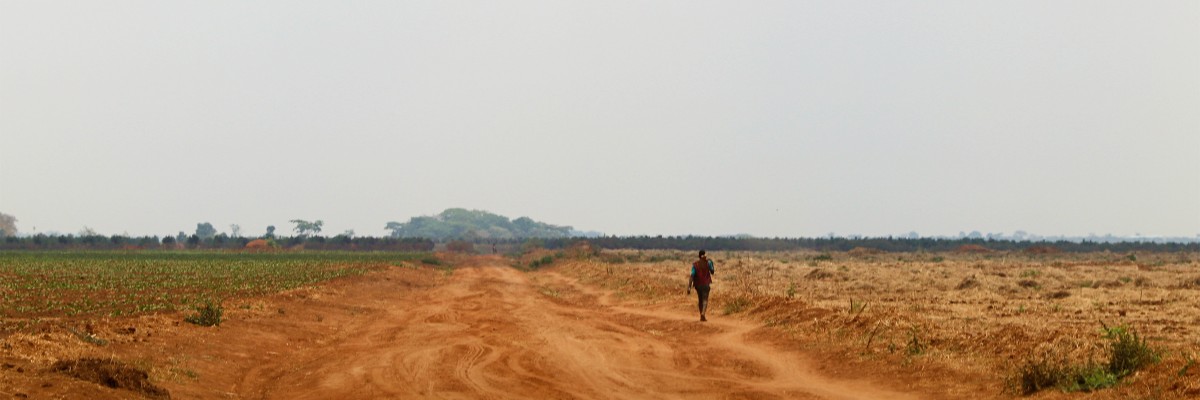

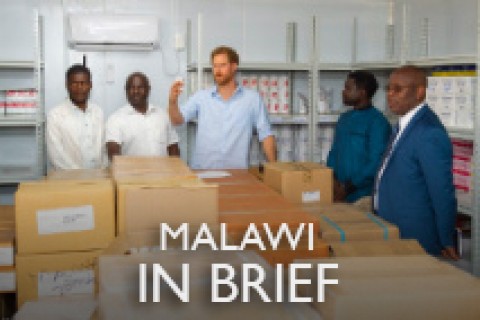
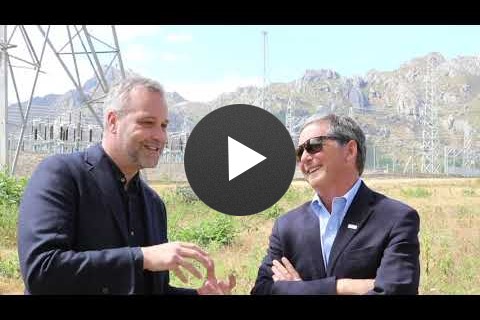

Comment
Make a general inquiry or suggest an improvement.